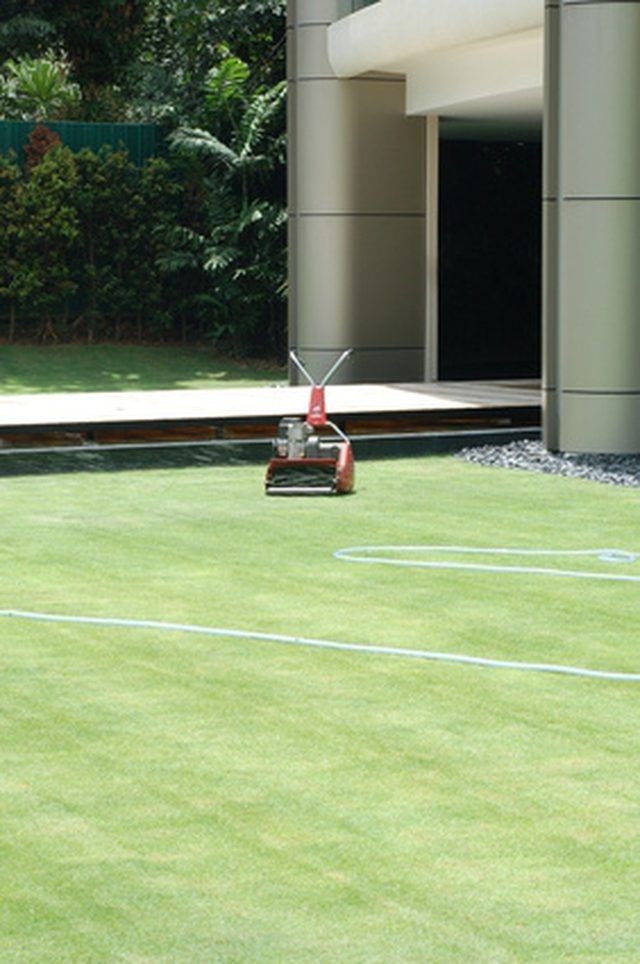Bulbs
Flower Basics
Flower Beds & Specialty Gardens
Flower Garden
Garden Furniture
Garden Gnomes
Garden Seeds
Garden Sheds
Garden Statues
Garden Tools & Supplies
Gardening Basics
Green & Organic
Groundcovers & Vines
Growing Annuals
Growing Basil
Growing Beans
Growing Berries
Growing Blueberries
Growing Cactus
Growing Corn
Growing Cotton
Growing Edibles
Growing Flowers
Growing Garlic
Growing Grapes
Growing Grass
Growing Herbs
Growing Jasmine
Growing Mint
Growing Mushrooms
Orchids
Growing Peanuts
Growing Perennials
Growing Plants
Growing Rosemary
Growing Roses
Growing Strawberries
Growing Sunflowers
Growing Thyme
Growing Tomatoes
Growing Tulips
Growing Vegetables
Herb Basics
Herb Garden
Indoor Growing
Landscaping Basics
Landscaping Patios
Landscaping Plants
Landscaping Shrubs
Landscaping Trees
Landscaping Walks & Pathways
Lawn Basics
Lawn Maintenance
Lawn Mowers
Lawn Ornaments
Lawn Planting
Lawn Tools
Outdoor Growing
Overall Landscape Planning
Pests, Weeds & Problems
Plant Basics
Rock Garden
Rose Garden
Shrubs
Soil
Specialty Gardens
Trees
Vegetable Garden
Yard Maintenance
Lawn Fungus Treatment
Lawn Fungus Treatment. Keeping a green, healthy lawn is the goal of many homeowners, but conditions can occur to make that a difficult goal to achieve. Pests, weeds and a variety of different types of fungus can create ugly patches on even the best-kept lawns. Fungus disease develops when the spores are present on weakened grass in an environment...

Keeping a green, healthy lawn is the goal of many homeowners, but conditions can occur to make that a difficult goal to achieve. Pests, weeds and a variety of different types of fungus can create ugly patches on even the best-kept lawns. Fungus disease develops when the spores are present on weakened grass in an environment that allows the fungus to grow, like warm temperatures, high moisture and excess nutrients.
Lawn Fungus
Lawn fungus is caused by thread-like, microscopic organisms that spread through water or airborne spores. These spores are like seeds that carry the fungus to other plants where the conditions are favorable for growth. Once infection has started, it can spread quickly throughout the lawn.
Common Types of Lawn Fungus
Many types of lawn fungus can infect lawns. Leaf spot, fusarium blight, necrotic ring spot, brown patch, dollar spot, yellow patch, rust, smut, red thread and snow mold are just a few of the common types of fungus that can be found on the average lawn. Identifying the correct fungus will help you to choose the right treatment to eliminate it. Your local university agricultural or horticultural extension will be able to help you identify the fungus and can advise you on the most effective treatment.
Less Common Types of Lawn Fungus
Brown patch, also called summer patch, can kill a circle of thin grass up to 2 feet in diameter with a discolored circle around it. Dollar spot creates silver-dollar-sized, tan or straw-colored circles on the lawn. Fairy ring disease shows as a bright green circular spot with an outer ring that turns brown and will affect the rest of the area. A ring of mushrooms often grows around the edge. Leaf smut appears as pale-green, stunted growth with a black stripe on the blades. Reddish-brown to purplish leaf spot causes the blades to shrivel and the roots to rot. Necrotic ring spot, caused by poor aeration, causes a tattered look to the grass, with brown rings developing across the lawn. Red thread causes area of scorched grass with its signature red threads on the blades. Rust will give the lawn a rusted color. Snow mold can occur even under snow cover. A number of types of snow mold can infect your lawn, with grayish, white or pink mold.
Treatment for Lawn Fungus
According to the North Dakota Agricultural Extension, chemical fungicide is not always available or necessary. Some fungi only require different lawn maintenance techniques for control. Often, areas need to be dug up, damaged turf destroyed and new turf reseeded. Chlorothalonil, benomyl, thiophante and anilazine are commonly used fungicides for lawn fungus.
Preventing Lawn Fungus
According to American-lawns.com, proper watering, deeply but infrequently, will help to keep your grass healthy. Improve the drainage of your lawn if water is left standing after heavy rains. Mow the grass no more than 1/3 of the blade length. Remove thatch to less than 1/2 inch deep. Aerate the grass frequently to remove thatch if necessary. Do not overfertilize your lawn.